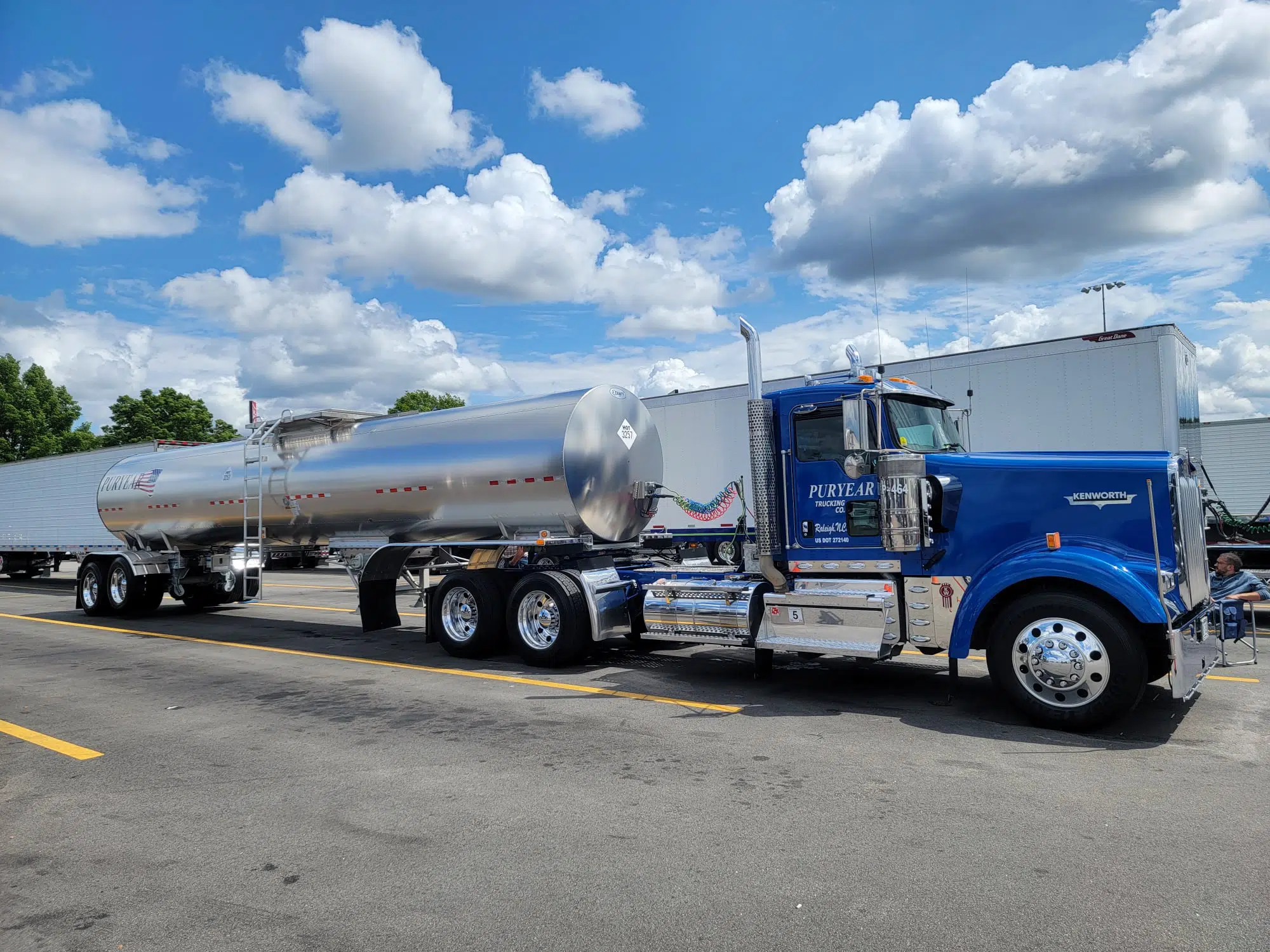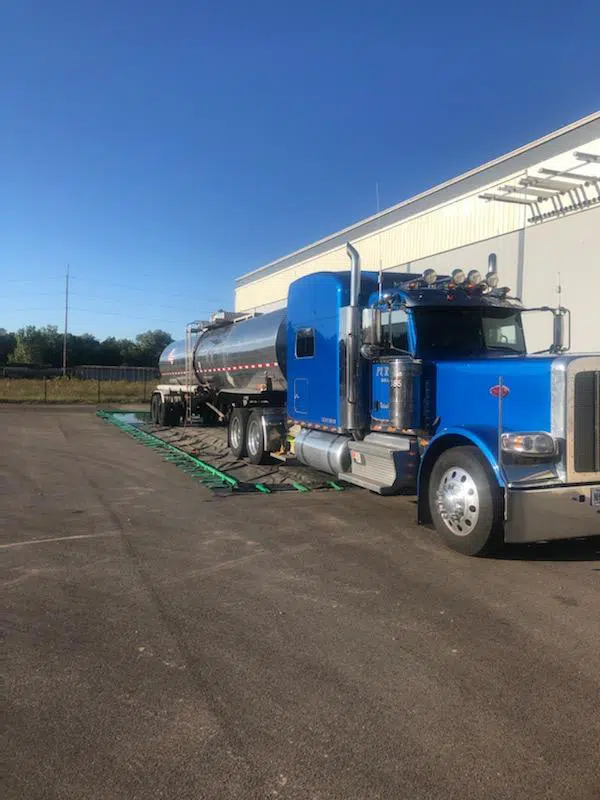In the trucking industry, there’s a lot going on behind the scenes when it comes to getting paid. For example, your pay might be delivered through a weekly settlement. If you’re new to the industry, the details of a weekly settlement might be overwhelming.
At Puryear, we want you to understand the different components of your weekly settlement to see exactly how your pay adds up and maximize your profit. After all, you’ve earned it.
Here, we’ll break down the typical elements of a trucking settlement and explain what they mean, so you can focus on what matters most — staying safe on the road.
1. Gross Pay: Your Total Earnings
Your gross pay is composed of several components but broadly represents your total earnings.
- Current Pay Period: This figure represents your total earnings for the week, before any deductions. It includes the payment for all loads completed, as well as any additional earnings Puryear provides, like bonuses or incentives.
- Year to Date (YTD): This number is the cumulative total of your earnings from the beginning of the year to the current pay period. It shows how much you’ve earned over the course of the year so far.
2. Pre-Tax Deductions: Contributions to Benefits
Pre-tax deductions are amounts taken from your gross pay before taxes are calculated. These deductions typically include contributions to health insurance, dental and vision plans, retirement accounts like a 401(k), and any other benefits your employer might offer. These deductions lower your taxable income, potentially reducing the amount of taxes you owe.
3. Taxable Gross Pay: Your Income After Deductions
After subtracting your pre-tax deductions, the remaining amount is your taxable gross pay. This is the income that federal, state and sometimes local taxes are based on. The lower this number, the less you’ll pay in taxes.
4. Tax Deductions: Your Contribution to Government Funds
This section shows the amounts withheld from your paycheck for various taxes:
- Federal Income Tax: A percentage of your earnings is deducted to fund federal government services from the interstate highways to the Smithsonian.
- State Income Tax: If applicable in your state, this amount supports state-level public services and infrastructure like roads, public parks and public schools.
- Social Security (FICA) Tax: This deduction helps fund Social Security, which provides benefits for retirees and disabled individuals.
- Withholding Tax (WH): For employees, this represents the amount of federal income tax withheld from your paycheck.
5. Net Pay: What You Take Home
Net pay is the amount left after all deductions — both pre-tax and tax related — have been subtracted from your gross pay. This is the amount that gets deposited into your bank account or handed to you as your paycheck. It’s what you actually have to spend or save.
6. Other Pay Details: Additional Earnings and Reimbursements
- Per Diem: Many trucking companies provide a per diem — or daily — allowance for expenses like meals and lodging while on the road. This amount is typically added to your pay and is often tax-free.
- Bonuses and Incentives: Any bonuses, such as for safe driving or completing a certain number of miles, would be included here.
- Reimbursements: If you’ve paid out-of-pocket for work-related expenses, such as tolls or fuel, these amounts are often reimbursed and listed here.
7. Load Pay: Breaking Down Your Earnings
This section lists the details of each load you’ve hauled during the pay period. It might include:
- Load Date: The date you completed the delivery.
- Load Type: Information about the type of load, such as whether it was a standard haul or a specialty load, or whether it required any additional services.
- Pay Amount: The amount you earned for each load. This figure is often based on factors like mileage, weight and any additional fees for special handling.
- Demurrage: This is an amount paid to the driver if they experience an unexpected wait time at a loading or unloading station. Sometimes Puryear is able to bill customers for the amount of time spent waiting if such a thing occurs. In any case, drivers are paid for the time spent, and this can be paid at either a billable rate, or a non-billable rate.
8. Year-to-Date (YTD) Summary: Tracking Your Annual Progress
The YTD figures provide a running total of your earnings, deductions and net pay throughout the year. It’s a useful snapshot for understanding your financial progress and planning for taxes or savings goals.
Why Understanding Your Settlement Matters
Although it may seem complicated, knowing how to read and understand your settlement can give you greater control over your finances. It allows you to:
- Ensure accuracy: By understanding each part of your pay stub, you can verify that you’re being paid correctly for your work, including any reimbursements or bonuses you’re entitled to.
- Manage taxes: Being aware of your taxable income and the taxes withheld helps you plan for tax season, avoiding surprises.
- Plan for the future: Knowing your YTD earnings and deductions can help you set financial goals, whether that’s saving for retirement, a big purchase or planning for tax payments.
Whether you’re a new driver just getting accustomed to your first settlements or a seasoned trucker looking to better manage your finances, understanding the breakdown of your pay is crucial. It’s your money — make sure you know where it’s going and how to maximize it.





